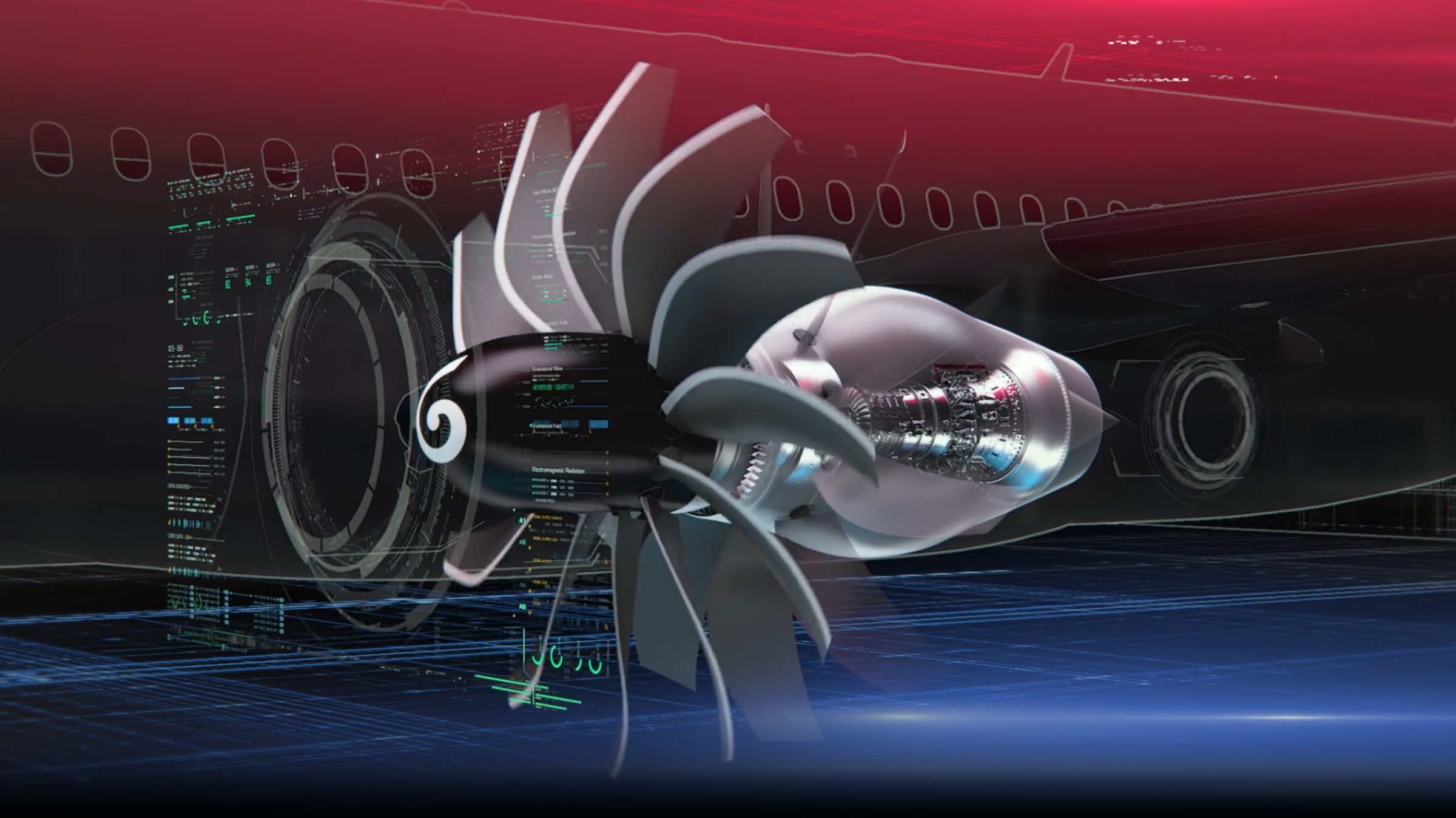March 29, 2024, ©. Leeham News: We finished our article series about New Aircraft Technologies last week. It dealt with the different new technologies that a next-generation airliner could use to increase efficiency and by it environmental emissions.
An area that we touched upon but didn’t dig deeper into was engine development. When airframe development historically decided how long a new generation of aircraft took to develop, it gradually changed to engine development being the more calendar-time-consuming and riskier development for the last generations. This article series will discuss why and what can be done about it.

Figure 1. CFM RISE, a new engine development for the next generation of airliners. Source: CFM.
Why is engine development so difficult?
Before we discuss why it’s so difficult to develop new airliner engines, let’s look at the developments of airframes and engines since the propeller days.
From propellers to jets
In the days of propeller airliners, a Douglas DC-6 or -7 often arrived at its long-range destination with one engine throttled down due to some problem. The long-range airliners of the day had four engines and for good reasons.
Two-engined propeller airliners were domestic types and not configured to fly over water or remote land areas, where the distances to diversion airfields were long. The aircraft engines were the unreliable part of an airliner rather than the airframe.
The jet age changed this. In the transition to higher speeds and altitudes, the airframe technology faced new problems. There were numerous cases of catastrophic control and structure failures both in development and service. The airliners were flying at higher altitudes and at higher speeds, which uncovered several unknown unknowns.
The new jet engines also had initial reliability problems (failing during a mission) and durability problems (staying on the wing for a long time), but the engine industry managed to increase the reliability to the point where two-engined flights over water or remote areas with 120 minutes to a diversion airport was accepted in 1985.
The Atlantic could now be crossed with a twin-engined Boeing 767 or Airbus A330. These aircraft had reliable medium bypass Pratt&Whitney, GE Aviation, or Rolls-Royce engines. Over time, these engines matured in durability until they stayed on the wing for up to 30,000 flying hours, which for these aircraft meant 10 years between overhauls.
Durability arrives
Airlines grew accustomed to the mature engines on their twin jets. But several of the engines gained their reliability by doing the early part of their life on three or four engined aircraft like the Douglas DC-10 or Boeing 747.
When the engines migrated to the 767 and A330, they were already honed on these aircraft, and many early problems were sorted out on the multiengine platforms.
The Boeing 777 was the first twin-engined long-range airliner with engines specifically developed for it. Despite its new engines, the FAA approved it as the first twin airliner with ETOPS 180 at its introduction.
Previous larger engines started their lives on four-engine platforms like the Douglas DC-8, Boeing 707, and 747 (PW4000), or three-engine Douglas DC-10 (the CF6-80) or Lockheed Tristar (Rolls-Royce RB211).
The 777 engines performed well, and EASA approved its ETOPS 180 rating after a one-year demonstration of reliability under ETOPS 120.
The non-acceptance of engine problems
The trend toward reliable engines continued in the Boeing 787 and Airbus A350 generations. However, durability problems surfaced in service. The Rolls-Royce Trent 1000 has had large durability problems on the 787, and airlines deem the time spent on the wing of the A350-1000 engine in harsh environments unacceptable.
The same goes for the engine upgrades of the Airbus A320 series and Boeing’s 737 MAX. While flight safety is not questioned because of engine reliability, a large number of aircraft are parked because engine durability is not OK, and overhaul shops can’t repair the parts that need replacing.
While the engines are causing trouble, the airframes of the 787, A350, or A320 series are virtually trouble-free (unfortunately, this has not been true of the 737 MAX).
Why can’t the engine OEMs develop trouble-free engines when the airframe can produce trouble-free aircraft? We will explore this question in this new article series.
Related

